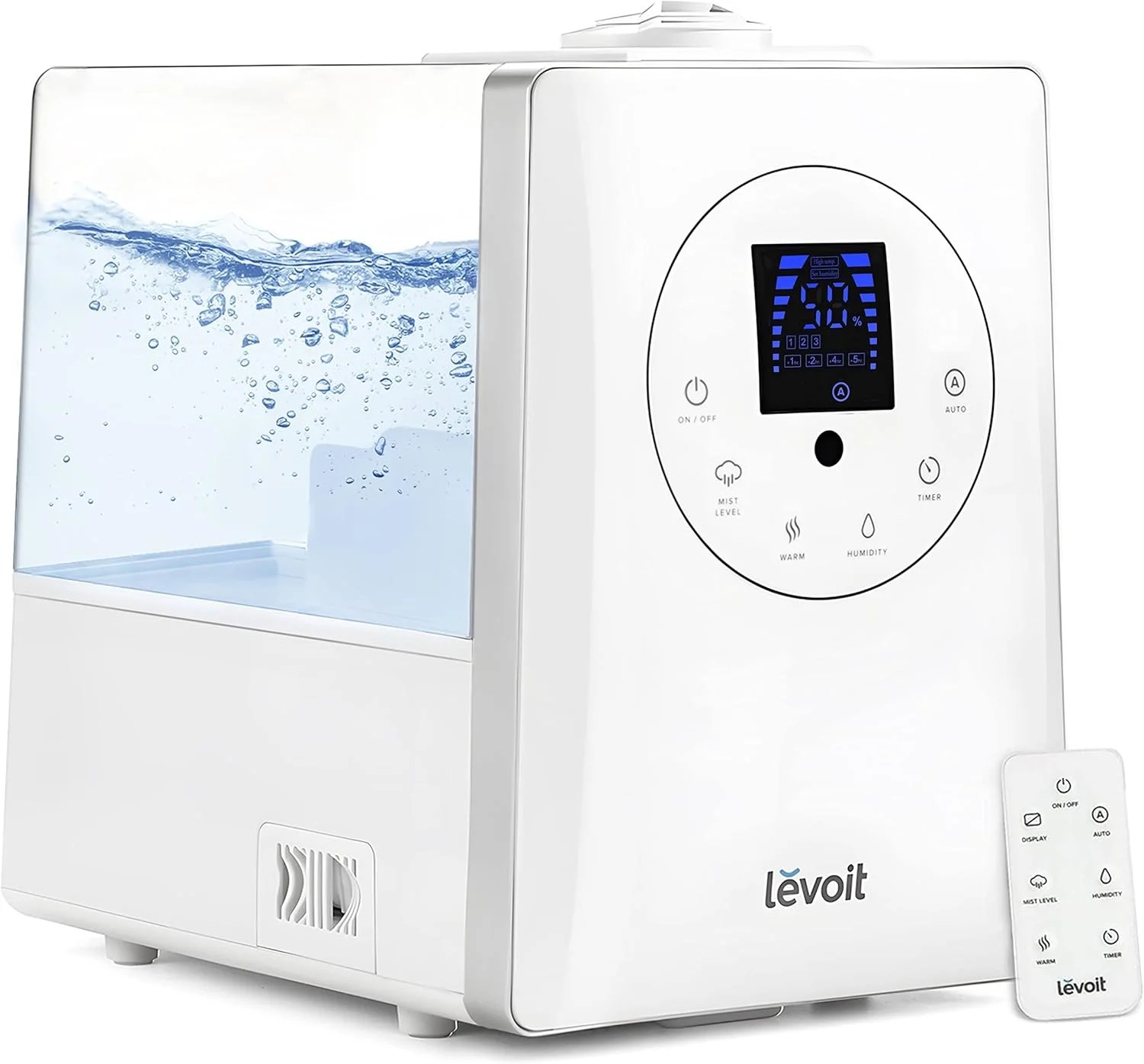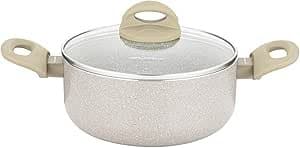Growing fresh herbs at home has never been easier or more rewarding. A self-watering herb garden in your kitchen is a fantastic way to enjoy year-round access to fresh basil, thyme, mint, and more, without the constant worry of watering schedules. With the right setup, even beginners can achieve lush, fragrant greenery indoors.

This guide walks you through step-by-step instructions for creating a DIY self-watering herb garden in your kitchen while introducing a few tools—like the LEVOIT Humidifier—that will help your herbs thrive.
Why Choose a Self-Watering Herb Garden?
One of the biggest challenges of indoor herb gardening is maintaining proper moisture levels. Herbs need consistent hydration but don’t do well in soggy soil. A self-watering system solves this by providing steady moisture through capillary action, allowing your herbs to absorb only what they need.
This means:
- Less daily maintenance
- Reduced risk of over or underwatering
- Healthier root development
Self-watering systems are perfect for busy people or beginners, and they’re ideal for small kitchen spaces.
Materials You’ll Need
To build your indoor herb garden, gather these essentials:
- Self-watering pots or containers (you can DIY these)
- High-quality potting mix (preferably for herbs)
- Herb seeds or starter plants (basil, parsley, oregano, chives, mint, etc.)
- Wicking material (like cotton rope or strips of felt)
- A water reservoir (this can be part of the pot or a separate container)
- Grow lights (if your kitchen doesn’t get enough natural light)
- LEVOIT Humidifier for maintaining ideal humidity.
Step-by-Step: Build Your Self-Watering Herb Garden
1. Choose Your Herbs
Start with easy-to-grow herbs like basil, mint, chives, and thyme. These adapt well indoors and are frequently used in cooking.

2. Select or Make Self-Watering Containers
You can purchase ready-made self-watering planters or create your own:
DIY Method:
- Take two plastic containers—one slightly smaller than the other.
- Drill a hole in the base of the inner container.
- Feed a wick through the hole to hang into the water reservoir below.
- Fill the inner container with potting mix and place it over the water-filled bottom one.
3. Add Potting Mix and Plant Your Herbs
Use a light, well-draining potting mix formulated for herbs. Fill your container, plant your seeds or seedlings, and water the soil from the top the first time to initiate capillary action.
4. Maintain Optimal Humidity
Indoor air can be quite dry—especially during colder months—which stresses your plants. A quality humidifier like the LEVOIT Humidifier provides both warm and cool mist to keep your herbs happy.
This model features:
- A built-in humidity sensor
- Whisper-quiet operation
- 6L tank suitable for larger rooms
- Essential oil diffuser capability
Consistent humidity ensures your herbs don’t dry out and promotes lush, green growth.
5. Provide Adequate Light
Most herbs need at least 6 hours of light daily. If your kitchen lacks natural sunlight, supplement with LED grow lights positioned 6–12 inches above the plants.
6. Monitor Moisture and Growth
Check water levels in your reservoir weekly. Add water as needed. Also, consider using a 4-in-1 soil moisture meter to measure soil moisture, light, pH, and temperature. This ensures your herbs are growing under optimal conditions.

Pro Tips for Thriving Indoor Herbs
- Rotate plants every few days so they grow evenly.
- Harvest regularly to encourage new growth.
- Use the LEVOIT Humidifier to maintain ideal humidity around 40–60%.
- Wipe down leaves with a damp cloth to remove dust and improve light absorption.
Common Issues and Solutions
| Problem | Solution |
|---|---|
| Yellowing Leaves | Could be overwatering; check wick setup and use moisture meter |
| Moldy Soil Surface | Reduce humidity slightly, increase airflow, avoid overwatering |
| Stunted Growth | Likely due to low light; add or adjust grow lights |
| Dry Leaf Edges | Increase air moisture with the LEVOIT Humidifier |
Why Humidity Matters for Indoor Gardens
Herbs are sensitive to the microclimate around them. While soil moisture is crucial, the air humidity also plays a significant role. Many kitchens have dry air due to cooking appliances, air conditioning, or seasonal changes.
The LEVOIT Humidifier helps create a mini ecosystem where your herbs can flourish, especially when paired with other indoor plant tools like the LEVOIT Vital 200S Air Purifier, which keeps the air clean and reduces plant stress.
Final Thoughts: Fresh Herbs, Less Fuss
Creating a self-watering herb garden in your kitchen not only saves time but also ensures a constant supply of fresh, aromatic herbs for your meals. With minimal effort and the right setup, you can enjoy gardening success—even without a green thumb.
The secret to thriving indoor herbs? Consistent moisture, adequate light, and the right humidity. Don’t forget to integrate tools like the LEVOIT Humidifier into your setup for a low-maintenance, high-reward gardening experience.
Ready to grow your own kitchen herb garden? Start today with your favorite herbs, and don’t forget to check out the LEVOIT Humidifier to create the perfect growing conditions.
FAQs
1. Can I grow herbs in my kitchen without natural sunlight?
Yes! Use grow lights to simulate sunlight and ensure your herbs get at least 6 hours of light daily.
2. How often should I refill the water reservoir?
Depending on plant size and room temperature, refill once every 5–7 days. Always monitor the water level.
3. Do all herbs grow well in a self-watering system?
Most do, especially basil, parsley, mint, and oregano. Avoid very dry-climate herbs like rosemary unless you monitor them closely.
4. Is a humidifier really necessary for indoor herb gardens?
If your indoor air is dry, a humidifier like the LEVOIT significantly improves plant health.
5. How do I know if my herbs are getting too much or too little water?
Use a 4-in-1 soil moisture meter for accurate readings and better care.








